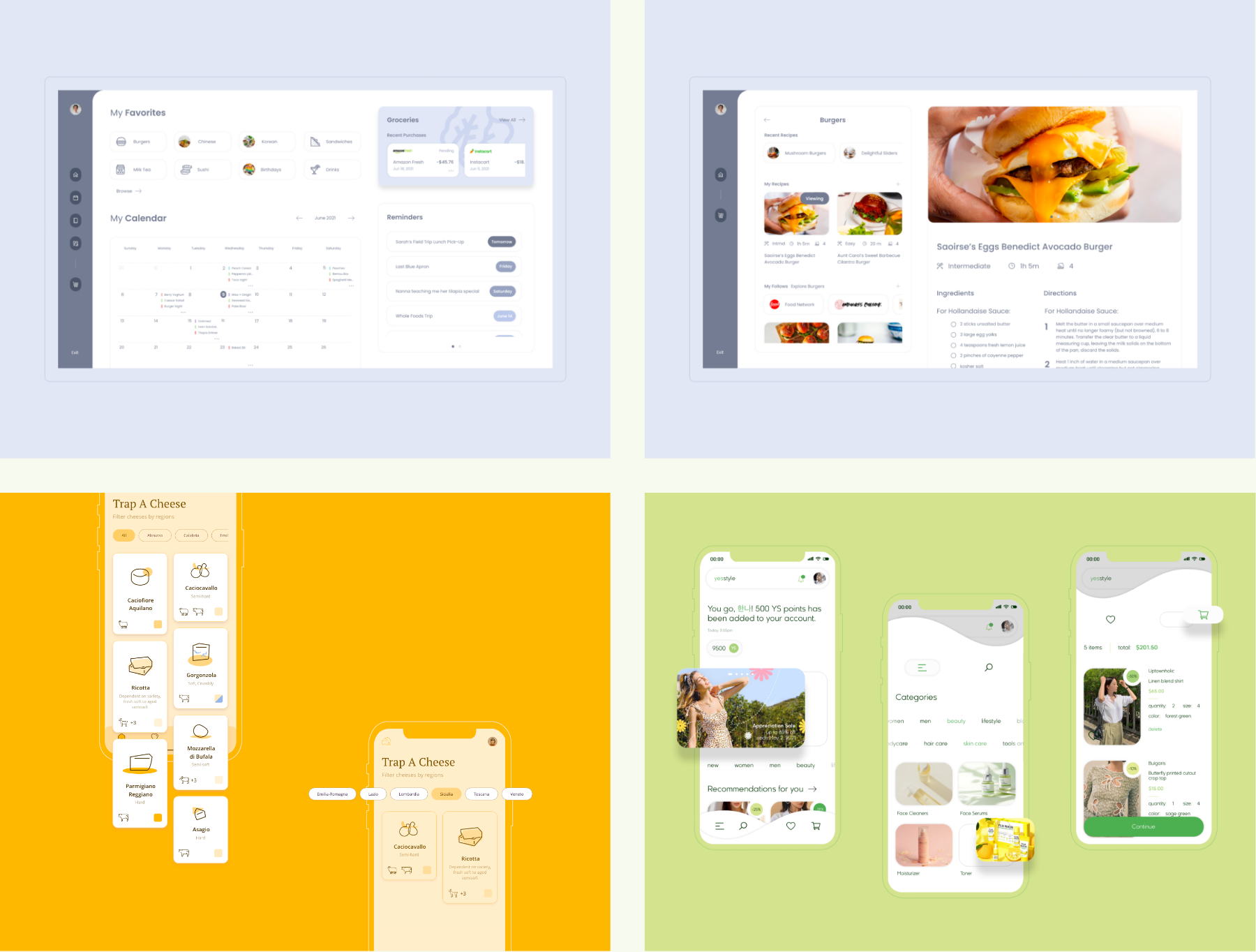Pan’s Labyrinth
2019 | 4 weeks | Narrative | Research | Reflection | Audience | Illustrator CC | Epilog Laser Mini
Partner designer: Alicja Wisniowska
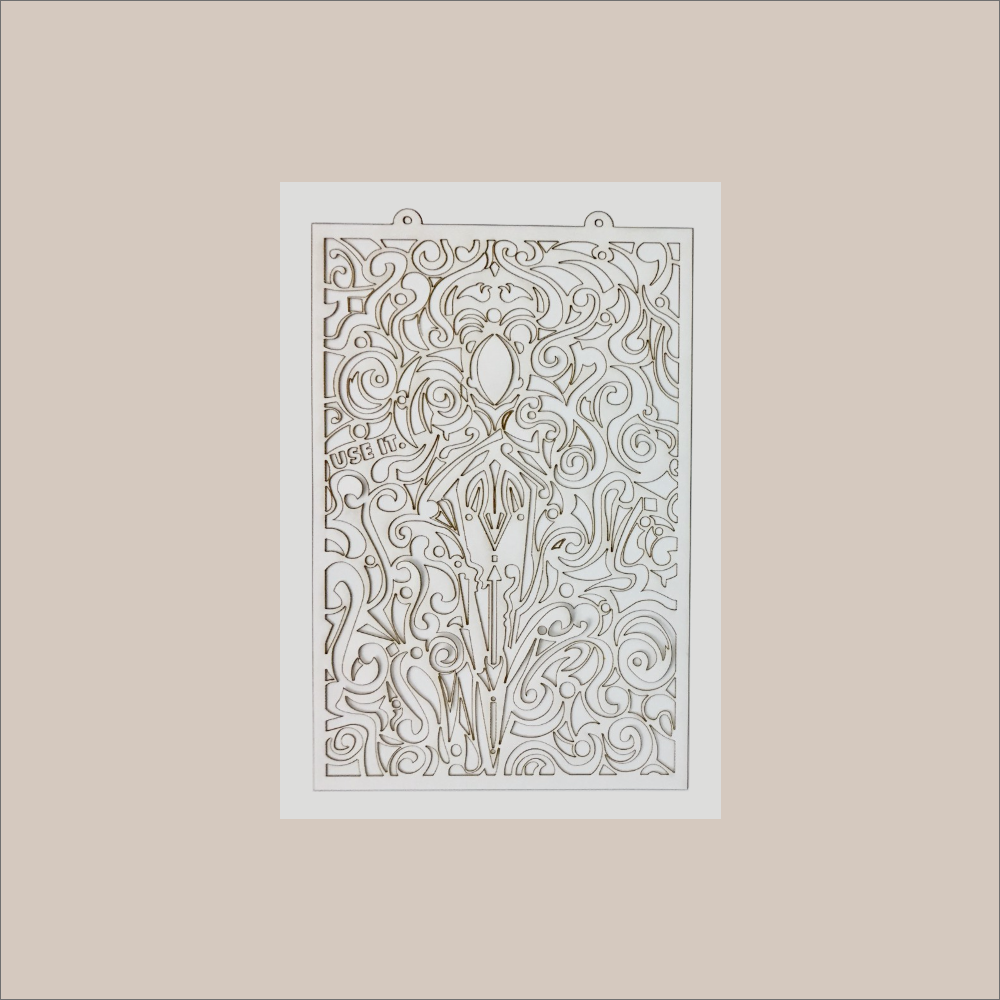

Summary
Movies and television shows follow a narrative structure, but how can this structure be defined in a visual genre? Using the movie Pan’s Labyrinth by Guillermo del Toro as our base, Alicja Wisniowska and I dug a little deeper into the web of narrative structure and imagery with the hopes of uncovering a unique viewpoint to base our design work.
Our assignment contained multiple components. Using our movie, we were asked to identify the plot structure of the film, with the goal of uncovering something new for our audience. The deliverables we were to present included 10–15 postcards exploring our newfound content and a 30 second video.

Goal
» Create 10-15 6” x 9” two-sided postcards
» Identify the plot structure or underlying morphology/invisible structure of your chosen TV Show/Movie
» Explore different visual styles & typographic treatments to re-contextualize your content
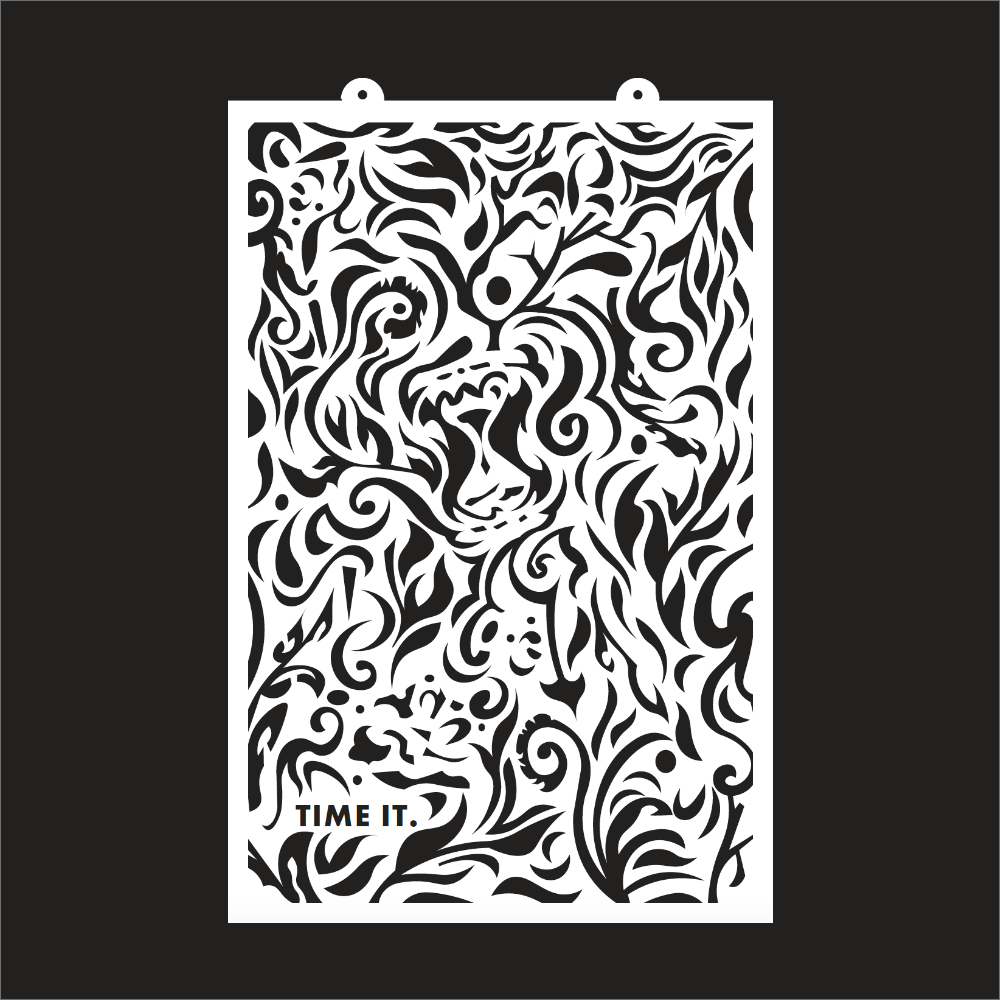


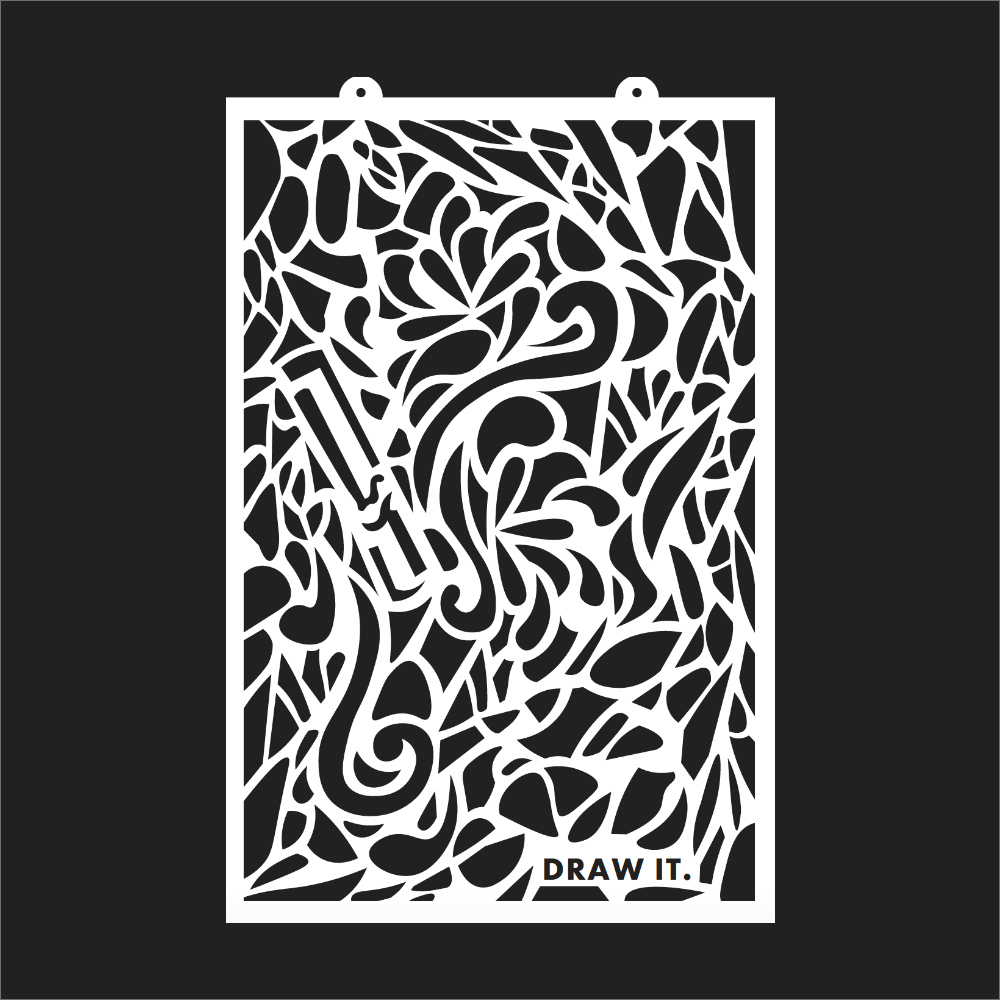
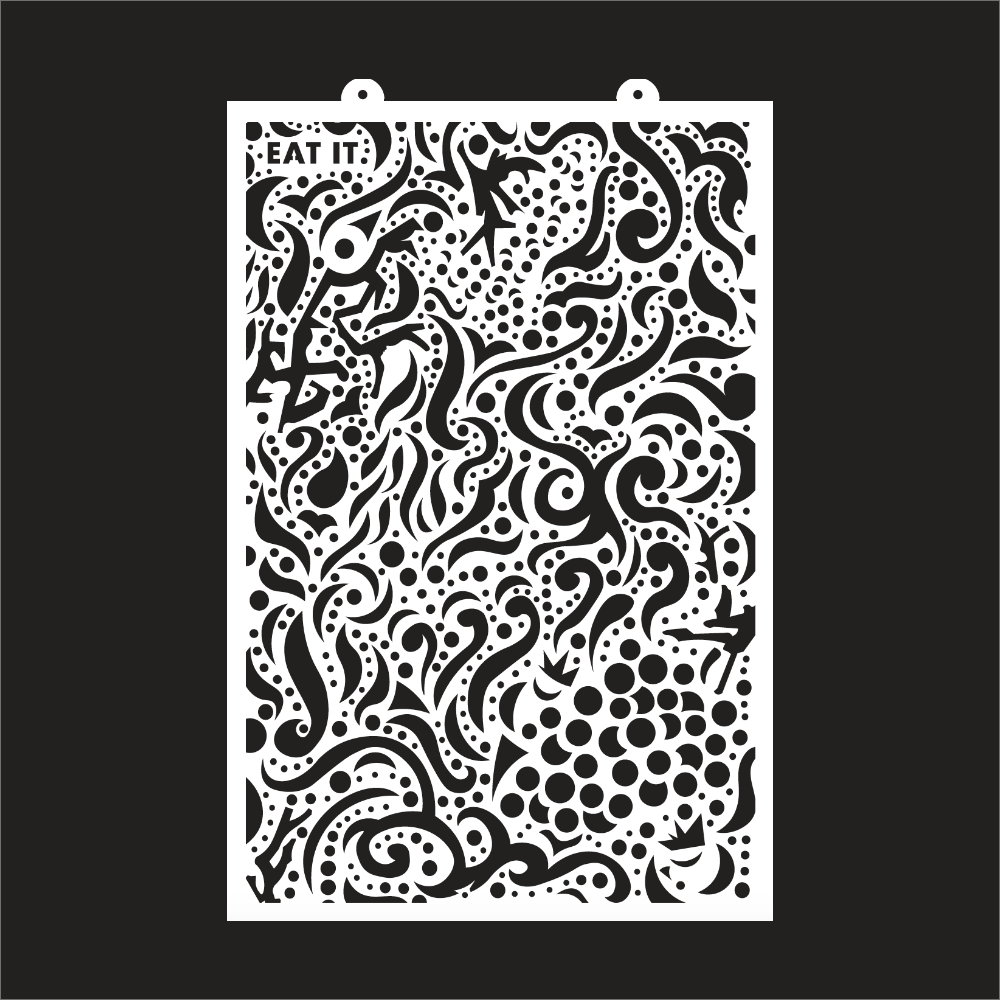
Research
We started our initial research by rewatching the movie. For anyone who hasn’t seen it, Pan’s Labyrinth is a Mexican-Spanish dark fantasy film set during the second World War in Spain. It’s full of visual symbols and fantastic imagery that could be analyzed in a multitude of different ways. However, before we got in too deep, we jotted down the underlying narrative structure. This revealed itself to be a 3 act structure, which consist of the setup, the confrontation, and the resolution.
In the setup, our main character Ophelia is sent to a military outpost in Spain during WW2 where she meets her new father and explores the labyrinth in the surrounding area. A major plot point occurs when she meets a faun in the labyrinth who informs her that she’s a princess, and urges her to complete three tasks before the moon becomes full.
The confrontation continues the story by showing the trials and tribulations Ophelia faces to complete the tasks she’s asked to do. Failing to follow the faun’s instructions during her final task is another major plot point that shifts the direction of the story.
The resolution completes the story. Ophelia is offered one last chance by the faun but must do as he says without hesitation. In order to become immortal, she must take her brother to the labyrinth and offer him as sacrifice. Her inability to do this leads to her death, however the task is revealed to be a final test and in death she finds eternal life.
First Steps
Upon the completion of our research we were left with a handful of ideas. We thought about comparing the movie to a Disney fairytale, focusing on the characters in the film, looking at the different setting… until one idea struck us. We could show the narrative structure of the film by focusing on the objects present throughout it. The objects helped guide the narrative through the story, and what each character did with the objects affected the plot. In this way we were also exploring obedience; when a character was presented with an object, do they use said object for its intended purpose? This allowed us to mirror Ophelia’s obedience to the tasks she was instructed to complete. We then asked ourselves: when a character is presented with an object, what do they do with it?
In another brainstorming session we connected this idea of using objects with a worksheet that both of us remembered taking while we were in middle school. It was a worksheet aimed at seeing whether students are good at following directions. If they were, they would have read the paper containing lots of silly exercises, and have done nothing, because the first instruction was to read everything thoroughly. Unfortunately, a lot of us did not read everything carefully, and were only slightly humiliated in class when we yelled ‘I have’ to a quiet room. This idea got us thinking of narrators, both reliable and unreliable ones.
Throughout the film we questioned whether or not the faun is a reliable and trustworthy character, and we decided to carry out this internal debate that viewers would have into visual text on our postcards. Just like the instruction worksheet, we set up the text as a series of tasks. Each object we decided on would have a resulting action. The objects and their text are included below:
Book → Read It
Watch → Break It
Key → Open It
Chalk → Draw It
Hourglass → Time It
Fruit → Don’t Eat It
Antibiotics → Hide It
Brother → Offer Him / Don’t Offer Him
Dagger → Use It
The outlier in this set is the brother, which contains two lines of text: offer him and don’t offer him. The reason for this is to elicit the same feeling that the moral dilemma causes in the film. Do you listen to this narrator? Or do you follow your own moral compass? Throughout the film Ophelia followed instructions blindly, until she accidentally broke one that had severe consequences. We see her change at the end of the movie, when she decides to do what she believes is right instead of what someone else tells her to do.
Additionally, when viewed without the context of the film, we decided that just like the labyrinth, we wanted the audience viewing our work to question the text and get confused by it.
Postcards
We sat down to sketch out these postcards with these ideas in mind. Stylistically, we decided on a paper-cut style for our postcards early on, as it ties nicely to the visual silhouettes often seen in fairytale books and films. We had a laser cutter at our disposal, and were keen to use it to bring our imagery to life.
The brief called for the creation of 10–15 postcards, and we knew with the allotted time we had, splitting the work would be the best way to work around our busy schedules. We decided to use this idea of hiding objects within an intricate background as a response to the way the movie handles its fantastic elements. They appear in plain sight, but must be sought after by the protagonist. Our series hides objects within natural elements (ferns) to show their relation to reality and abstract shapes to show their relation to the world of the fantastic.
We split the work in half, with Alicja working on a series of objects that take place in the real world (antibiotics, book, child, watch, and gun) and me doing objects that take place in the fantastic world (chalk, dagger, fruit, key, and hourglass). In this way, we were able to work on the cards in our own time, and when we had them cut, the laser cut quality would tie them together as a series.
We explored various iterations of cut post cards. We played with hand lettered type before deciding on Futura for our text. The geometric shapes in this type were exactly what we needed to counter the organic shapes in our designs. This type was also able to give our narrating voice a strong visual presence.
Another idea were dropped was the use of the film background in the cards. We realized that doing so might take away from our central idea of just focusing on the objects.
An unexpected hurdle we had to face was dealing with technical issues resulting from the laser cutter. Our border was one of those issues, and in the end we decided to design a 1/4" border into our design in order for the laser to cut all the pieces to the same dimension. The link below will take you to video of the laser cutter cutting out our design.
Once we had all our objects sketches and transferred into an illustrator file (and then traced in that same files in preparation to be laser cut) we added two protruding half circles as a way to hang the work up. The final pieces are displayed below.
Video
Having created these stencil-like postcards, we were inspired by the way they were able to layer over surfaces and materials. What also intrigued us were the shadows that were left when a light passed through the work. Wanting to highlight the shadow work further, we decided to create a video that highlighted very specific details in a few of the cards. This view would allow all the intricacies of the pieces to be shown off, and supplement the physical work.
